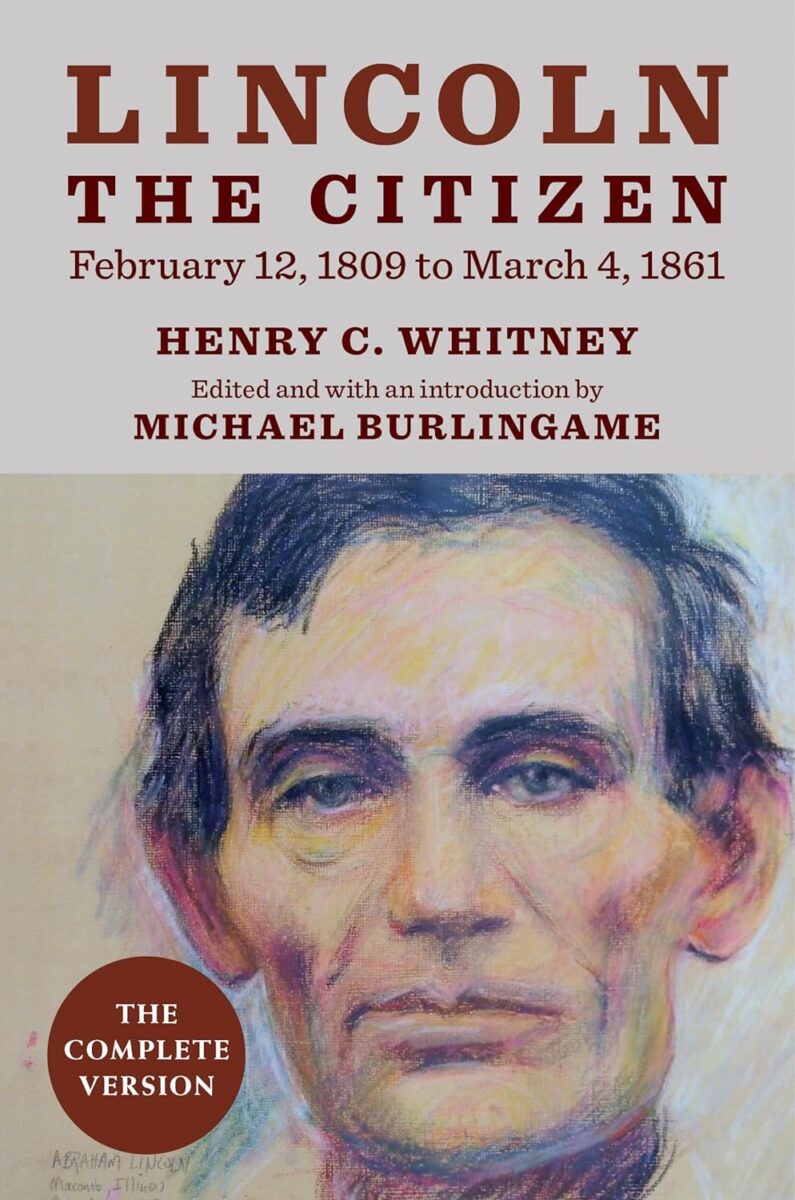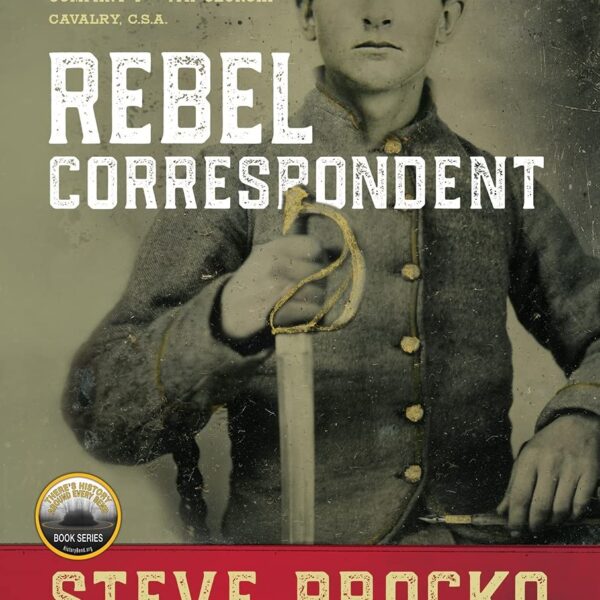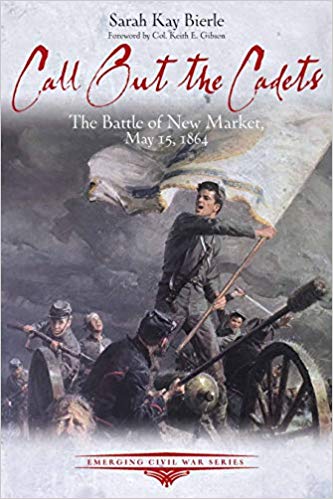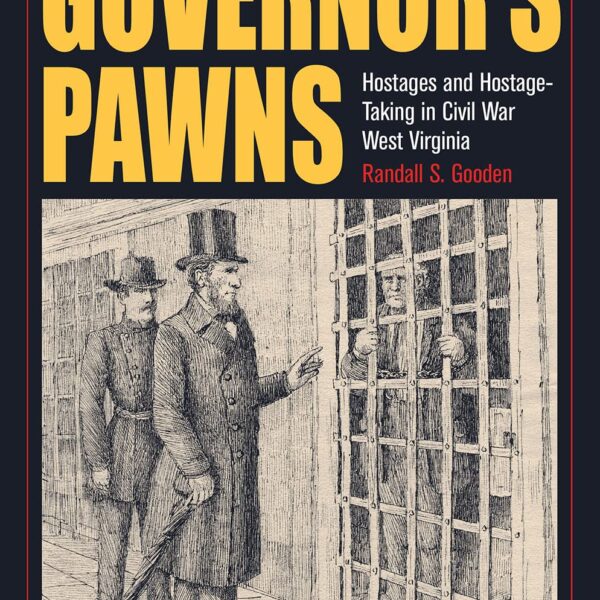Of all the books written by Lincoln’s friends, the historian Paul M. Angle once commented, only the books by William H. Herndon and Henry C. Whitney are “intimate, realistic, and convincing” (xi). Herndon’s Lincoln is well known among Lincoln scholars and, to a lesser extent, the public. Far fewer people have heard of Whitney’s Lincoln the Citizen.
Editor Michael Burlingame notes the book has received little attention because many scholars either thought that it “simply rehashes earlier biographies (which it does to some extent) or that it contains little of importance that was not already included in Life on the Circuit with Lincoln,” another book Whitney wrote about his days with Lincoln (xi). In fact, Burlingame asserts, this attitude could not be further from the truth: the book contains “much important information that Lincoln confided to Whitney” (xi).
Burlingame, currently the Chancellor Naomi B. Lynn Distinguished Chair of Lincoln Studies at the University of Illinois Springfield, has written many important books about Lincoln. This edition of Lincoln the Citizen joins the lengthy list of volumes of primary sources about Lincoln’s world that Burlingame has edited and made accessible to readers.
Whitney first met Lincoln in 1854. Although he was twenty-two years younger than Lincoln, Whitney was Lincoln’s colleague on the legal circuit, and both men participated in seventy-one cases together. They were also political allies. Whitney was “well positioned to describe Lincoln’s life between 1854 and 1861 with the authority of a contemporary witness” (xiii). Lincoln the Citizen appeared in 1907, two years after Whitney’s death. However, Whitney’s editor, Marion Mills Miller, deleted one sixth of the original manuscript in the published book. For this edition, Burlingame went back to Whitney’s handwritten manuscript, which is currently held at Lincoln Memorial University, and restored the material Miller excised. Critically, formerly deleted material appears in bold type throughout the book. This is helpful because it gives readers the opportunity to read and evaluate Whitney’s full account of Lincoln’s pre-presidential life, as well as the chance to think about what material Miller chose to omit from the published book and why.
Whitney’s account of Lincoln’s life was drawn, in part, from his conversations with Lincoln, from other published books about Lincoln, and through his own research and investigation. Throughout the book, Whitney frequently compared Lincoln with Jesus Christ. For example, “the advents respectively of the Son of God and of the obscure man charged with a Divine mission—despised Nazarene of the Kentucky carpenter’s son, the one the Saviour of the world, and the other the liberator of a race, were achieved alike amid the most primitive and desolate surroundings” (20). At one point, Whitney calls Lincoln’s mother Nancy Hanks, “this modern Mary, the mother of one charged with a mission akin to the Divine” (34). Naturally, New Salem was the “Nazareth of the nineteenth century” (104).
Unlike some Lincoln biographers, Whitney does not romanticize or downplay the hardship of Lincoln’s early years. That said, his portrayal of Lincoln’s father Thomas is more positive than the portrayal in many Lincoln biographies. For example, Whitney writes, “I fail to see wherein Thomas Lincoln and Nancy Hanks are just objects of aspersion or disparagement” (29) and that Thomas “was of the style of man that Daniel Boone, Simon Kenton, Miles Standish, or Captain John Smith were; always ready to be seen with his rifle on his shoulder; ready for any emergency whether it was a contest with a wild beast of the forest, or an untamed man” (30). Interestingly, Miller struck both quotes from the 1907 edition. Readers will note a certain tension in Lincoln the Citizen. On the one hand, Whitney tries to avoid constructing a marble man image of Lincoln and writes about some of Lincoln’s flaws. On the other hand, Whitney sometimes slipped into hagiography with statements like this: “Lincoln failed nowhere and in nothing; he was a genius of affairs, and, commencing at the lowest round of the ladder, he reached the top round without a missing of misadventure of any kind” (92). Perhaps, more than anything, this tension testifies to Lincoln’s enduring complexity.
Readers will find a great deal of information in this book about Lincoln the politician, Lincoln the lawyer, and Lincoln’s youth and early adulthood. Interestingly, they will find very little about Mary Todd Lincoln and the Lincoln children. On the one hand, this may not be surprising because Lincoln was so circumspect about his private life. Still, it is noteworthy to see just how little Mary and Lincoln’s children feature in this book. There are brief hints about Lincoln and Mary’s marriage, and readers should compare Whitney’s story about a disagreement between Lincoln and Mary on page 126 with his comment that “no man thought more of his wife and children than he” (139). Overall, Whitney has very little to say, either positive or negative, about Mary. He has even less to say about Lincoln’s children. Readers may want to think about the aspects of Lincoln’s life that Whitney prioritizes and those that he minimizes or neglects.
Michael Burlingame has yet again shepherded another important primary source into print. Lincoln the Citizen will appeal to anyone interested in Abraham Lincoln and his world. Furthermore, readers will benefit from Burlingame’s decision to distinguish the material Miller omitted from the 1907 version. Lincoln the Citizen is well worth reading and is a fine entry in the University of Illinois Press’s new UIS Center for Lincoln Studies Series.
Evan C. Rothera is Assistant Professor of History at Sam Houston State University and co-editor of the forthcoming Blackwell Companion to Abraham Lincoln.
Related topics: Abraham Lincoln





